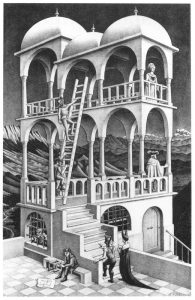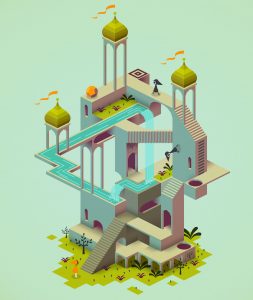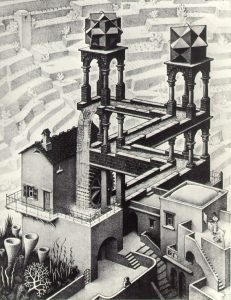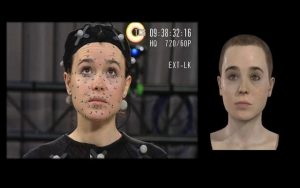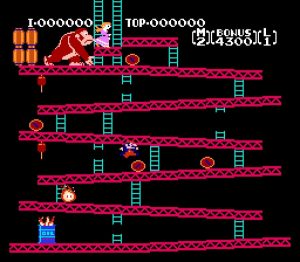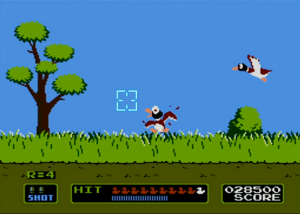Reflective Summary over RCS module
This module was, personally, a challenge. Not only the language changed for me, but also, the swap from high school to university environment was major. I feel like this module managed to provide a true academic experience: during lectures time we had the chance to listen to explanations and ask questions about the information that was provided, and we could deepen more into the topic while doing our research. I think it’s amazing the fact that we had the opportunity to choose from a couple of questions each week, since people could focus and research what they like.
One of the lectures that had a great impact on me was the History of Indie. I feel like this lecture and the information provided opened my eyes to what is actually happening at the moment in the video games industry. It’s not been long since I have been introduced to the ‘indie’ term and I didn’t really think about the indie game developers before and what they must overcome in order to achieve success in the industry today. After the lecture and research for my questions, I have to say that I would like to become an indie developer, even if there are lots of obstacles and challenges to overcome that I am now aware of. Seeing other people manage to achieve their dream in the video game industry makes me feel excited about it, and knowing that they created what they wanted, without being constrained by big companies’ rules is astonishing.
In this module, while I was doing my research I’ve learned how to reflect on the works of others, how to reference their work and how import it is to give them the recognition they deserve. Whenever I was doing my projects or essays before, I didn’t use to reference what I was writing, but now I know that it was wrong, and in the same way I wouldn’t like people to take my work and say that it is theirs, I shouldn’t do it either. “I have learned, however, that realness or genuineness, or congruence – whatever term you wish to give it – is a fundamental basis for the best of communication.” (Rogers, C., 1980, p. 15).
One of the things didn’t go that well for me in this module is the fact that 500 words is not enough to deepen as much as I would like. Therefore, now, after finishing my tasks, I think that some of my answers are a bit superficial. If I had more time, I think that I would revaluate my essays and make them more compact.
Overall, I believe that this module managed to wake me up and make me realise where I am and what I need to do. I feel that I have achieved new skills such as applying critical and reflective thinking, how to utilise learning and communication resources and problem solve and effectively work to deadlines skills.
References:
- Kovanto, A.: “The Improvements for Indie Game Development”, Karelia University of Applied Sciences, 2013, available at: https://www.theseus.fi/bitstream/handle/10024/55620/Antti_Kovanto_The_improments_for_Indie_Game_development.pdf?sequence=1
- Rogers, C., 1995. A Way of Being. Houghton Mifflin Harcourt.





